Intro
Learn about Purchase Order, a business document outlining buyer-seller terms, including procurement, invoicing, and payment details, streamlining inventory management and supply chain processes.
A purchase order (PO) is a commercial document and first official offer issued by a buyer to a seller, indicating the type, quantity, and agreed price for products or services. It is used to control the purchasing process and to provide a clear and legally binding agreement between the buyer and seller. The purchase order serves as a contract between the two parties, outlining the terms and conditions of the sale, including the price, delivery date, and payment terms.
The purchase order is typically issued by the buyer's procurement department and is sent to the supplier or vendor. It is a critical document in the procurement process, as it helps to ensure that the goods or services are delivered on time, in the correct quantity, and at the agreed price. The purchase order also provides a paper trail, which can be useful in case of disputes or disagreements between the buyer and seller.
A standard purchase order typically includes the following information:
- Buyer and seller contact information
- Date and purchase order number
- Description of the goods or services being purchased
- Quantity and unit price of the goods or services
- Total cost of the goods or services
- Delivery date and location
- Payment terms, including the method of payment and any discounts or penalties
- Any special instructions or requirements
The purchase order is an important tool for businesses, as it helps to ensure that the procurement process is efficient, effective, and transparent. It also provides a clear and legally binding agreement between the buyer and seller, which can help to prevent disputes and ensure that the goods or services are delivered as agreed.
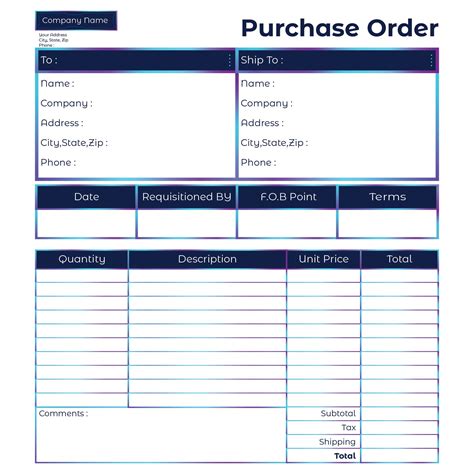
Benefits of Using Purchase Orders
There are several benefits to using purchase orders, including:
- Improved communication between the buyer and seller
- Increased transparency and accountability in the procurement process
- Reduced risk of errors or misunderstandings
- Improved control over the purchasing process
- Enhanced ability to track and manage orders
- Better management of cash flow and budgets
By using purchase orders, businesses can ensure that their procurement process is efficient, effective, and transparent. It also provides a clear and legally binding agreement between the buyer and seller, which can help to prevent disputes and ensure that the goods or services are delivered as agreed.
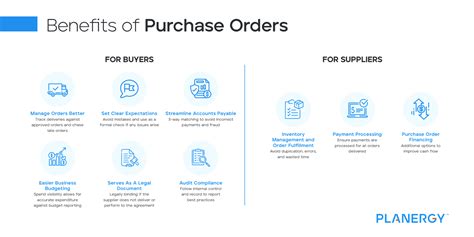
How Purchase Orders Work
The purchase order process typically involves the following steps:
- The buyer creates a purchase order and sends it to the seller.
- The seller reviews the purchase order and confirms that they can fulfill the order.
- The seller sends an acknowledgement or acceptance of the purchase order to the buyer.
- The seller delivers the goods or services to the buyer.
- The buyer inspects the goods or services and confirms that they meet the requirements specified in the purchase order.
- The buyer pays the seller according to the payment terms specified in the purchase order.
The purchase order process can vary depending on the specific needs and requirements of the buyer and seller. However, the basic steps outlined above provide a general overview of how purchase orders work.
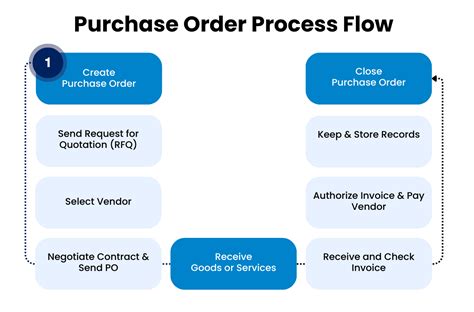
Types of Purchase Orders
There are several types of purchase orders, including:
- Standard purchase order: This is the most common type of purchase order and is used for routine purchases.
- Blanket purchase order: This type of purchase order is used for repetitive purchases of the same goods or services over a specified period of time.
- Contract purchase order: This type of purchase order is used for large or complex purchases that require a formal contract.
- Standing purchase order: This type of purchase order is used for ongoing purchases of the same goods or services.
Each type of purchase order has its own unique characteristics and is used in different situations.
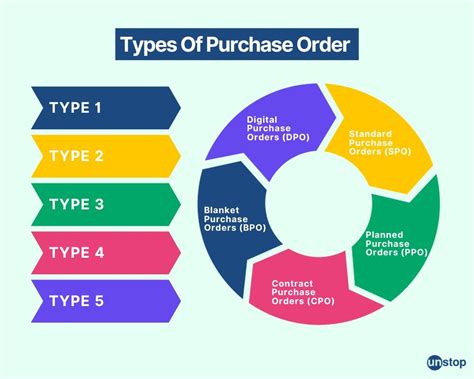
Best Practices for Using Purchase Orders
To get the most out of purchase orders, businesses should follow best practices, including:
- Clearly defining the terms and conditions of the purchase order
- Ensuring that the purchase order is accurate and complete
- Using a unique purchase order number for each order
- Keeping a record of all purchase orders
- Reviewing and updating purchase orders regularly
By following these best practices, businesses can ensure that their purchase orders are effective and efficient.

Common Mistakes to Avoid When Using Purchase Orders
There are several common mistakes that businesses should avoid when using purchase orders, including:
- Not clearly defining the terms and conditions of the purchase order
- Not using a unique purchase order number for each order
- Not keeping a record of all purchase orders
- Not reviewing and updating purchase orders regularly
- Not ensuring that the purchase order is accurate and complete
By avoiding these common mistakes, businesses can ensure that their purchase orders are effective and efficient.

Gallery of Purchase Order Examples
Purchase Order Image Gallery
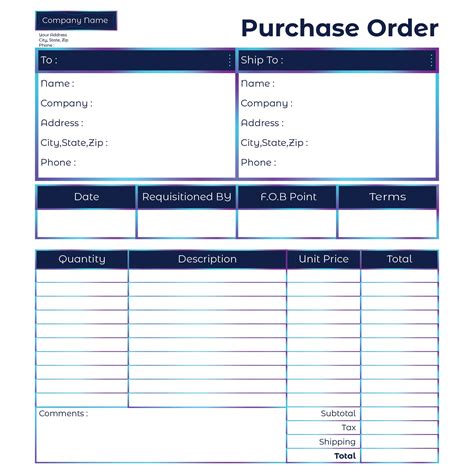
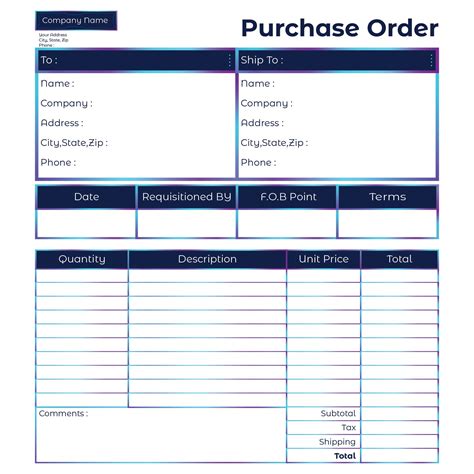
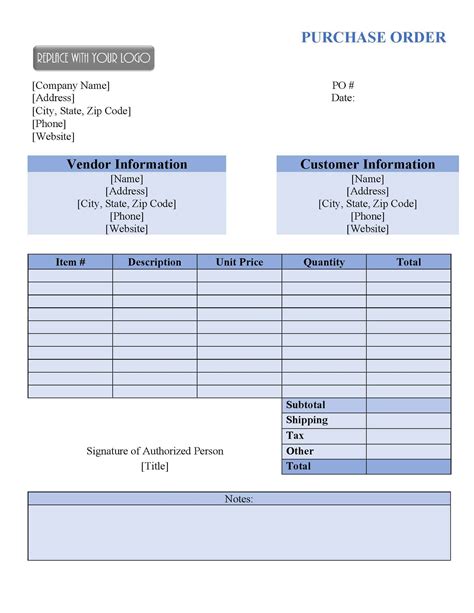
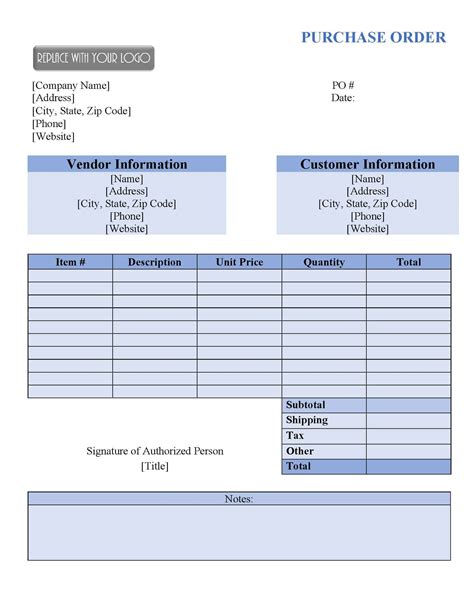

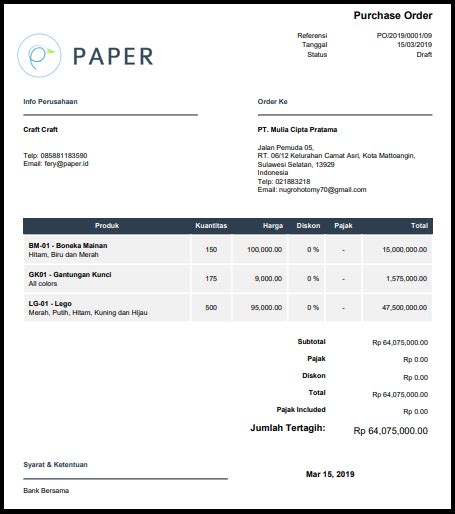
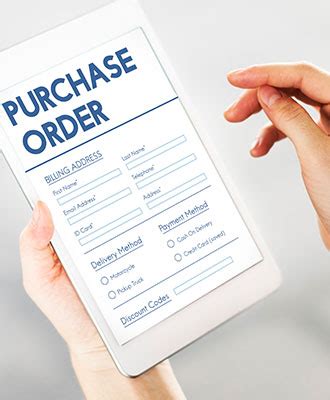
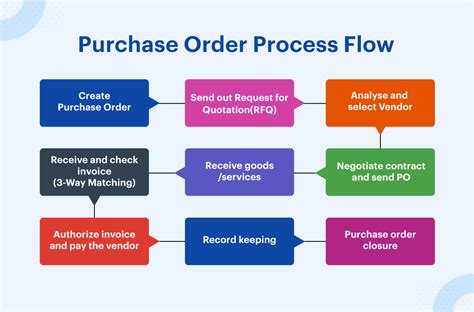

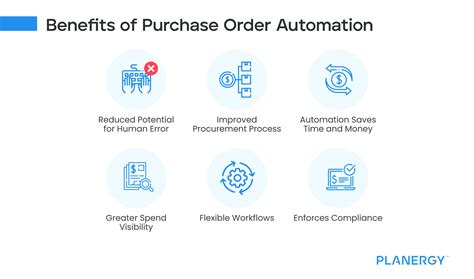
What is a purchase order?
+A purchase order is a commercial document and first official offer issued by a buyer to a seller, indicating the type, quantity, and agreed price for products or services.
What is the purpose of a purchase order?
+The purpose of a purchase order is to provide a clear and legally binding agreement between the buyer and seller, outlining the terms and conditions of the sale, including the price, delivery date, and payment terms.
What information should be included in a purchase order?
+A standard purchase order should include the buyer and seller contact information, date and purchase order number, description of the goods or services being purchased, quantity and unit price of the goods or services, total cost of the goods or services, delivery date and location, and payment terms.
In conclusion, purchase orders are an essential tool for businesses to manage their procurement process effectively. By understanding the benefits, types, and best practices of purchase orders, businesses can ensure that their procurement process is efficient, effective, and transparent. If you have any questions or need further clarification on purchase orders, please do not hesitate to ask. Share your thoughts and experiences with purchase orders in the comments section below.
